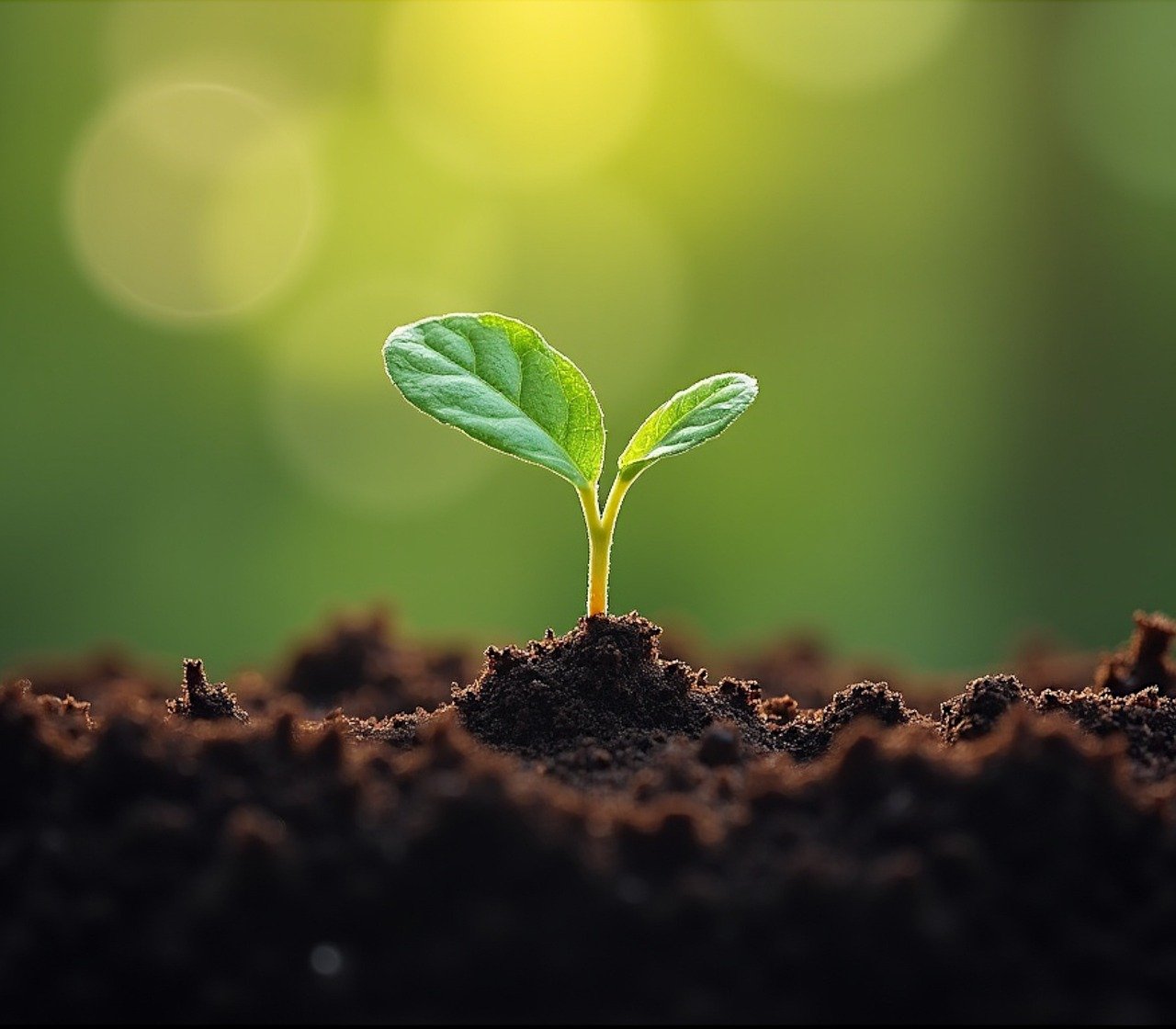Uncovering Sankalpa
I often invite yoga practitioners to set an intention—one, two, or three words like “I am here,” “I am peace,” or “letting go”—to help anchor them in the present moment. This simple reminder brings them back when the mind wanders or distractions arise.
There is another word, Sankalpa, often used interchangeably with intention, but there is a difference. While intention helps us focus in the present, Sankalpa is a deeper, more profound version of resolve. It’s a heartfelt vow that aligns with our higher self, reflecting our truest values and purpose. Unlike intentions tied to immediate goals, Sankalpa is a long-term commitment to embody qualities such as courage or compassion.
I’ve been reflecting on my own Sankalpa, aiming to live from a place of authenticity and alignment. It’s not just about achieving my goals, but about connecting to my deeper sense of purpose—why I am here. I’d love to share my thoughts about Sankalpa based on my experience and inspiration, and encourage others to uncover their own guiding star for living with clarity and intention.
Sankalpa is a Sanskrit word composed of two parts: San, meaning connection with the highest truth, and Kalpa, often translated as vow but also implying a long period of time (“Yogapedia”). Together, I’d like to define Sankalpa as a lifelong vow to the highest truth. Sankapla represents a sacred commitment, deeply rooted in alignment with one’s highest truth. and unique duty in life (svadharma).
Unlike goal-setting, which often focuses on external achievements, sankalpa connects us with the divine essence within—the part of us that already embodies wholeness, wisdom, and light. It is not about striving to become something different but about recognizing and manifesting the divinity that already resides within us.
Sankalpa as a Seed
When I think of sankalpa, I visualize it as a seed. A seed is a small yet powerful entity, holding the potential for immense growth and beauty. To grow into a thriving plant, a seed relies on its three essential components:
- The Seed Coat: Provides shape and protection for the seed.
- The Endosperm: Stores nutrients necessary for growth.
- The Embryo: The core essence, which develops into a new plant.
Applying this concept to sankalpa:
- The seed coat symbolizes spiritual structure or protection, which is faith. Faith gives you the strength to nurture your intention and stay grounded in your practice. Without faith, it becomes difficult to cultivate growth or achieve alignment with your purpose.
- The endosperm represents heartfelt intention, the nourishing energy that sustains and fortifies your essence. It is the longing of the heart that inspires growth and guides you toward your path.
- The embryo is your true essence—the core of your being. This is the part of you that grows, blossoms, and shares your unique light with the world.
When these three components come together, the seed of sankalpa can grow into a flourishing plant. Its fruits satisfy those who hunger, offering nourishment and fulfillment, while its flowers provide beauty and solace, bringing comfort and hope to those who suffer.
Faith, Heartfelt Intention, and Essence
To fully embody sankalpa, we must honor these three integral parts:
- Faith: Spiritual structure or protection. It is the foundation that supports your growth. Without faith, you lack the stability to persevere in your intentions.
- Heartfelt Intention: The nutrients that nourish your essence. This is a deeply meaningful and authentic inspiration that fuels your commitment, physically, psychologically, and spiritually, aligning you with your core values and unique duty (svadharma).
- Essence: The core of your being, encompassing your deepest values and the unique duty you were born to fulfill. It is the divine seed of light and wisdom within you, carrying the inherent potential to grow, thrive, and manifest greatness in alignment with your true purpose.
Growing into Sankalpa
Sankalpa is not about achieving external milestones but about cultivating inner alignment. It requires patience, reflection, and trust in the process. As we nurture our seed with faith, heartfelt desire, and care, we grow into our fullest expression of truth. In doing so, sankalpa becomes a gift—not just to ourselves but to the world, as we share the fruits of our growth with others.
Reference
- “What is Sankalpa? – Definition from Yogapedia.” Yogapedia, 21 Dec. 2023, https://www.yogapedia.com/definition/5751/sankalpa. Accessed 28 January 2022.
